|
St Ives is not what I imagined. It is a small tight town. Stone buildings and narrow winding streets on a steep hill leading down to an idyllic harbour and to the right a large sandy beach.
St Ives is lousy with artists and almost every streets has a gallery on it. We went into quite a few, the best of which was New Craftsman Gallery on 24 Fore Street. We were biguiled in by an exhibition by Akiko Hirai whose open studio I attended at the Chocolate Factory in Shoreditch and purchased one of her bowls. One of St Ives most famous residents was Barbara Hepworth and there is a great museum in her old studio. There are many fine pieces on display. Outside a number of sculptures are arranged in a very pretty garden. One of them collects rain water which adds to the piece. Another is a collosal structure you can walk through. There was also a wire sculptures which I didn't know Hepworth did and reminded me of Alexander Calder. A fascinating element of the museum was her workshop was preserved, as were a number of works in progress. This provided a very interesting insight. It was also nice seeing works both in stone and wood. Later around the town encountered another piece outside the Guildhall. Be warned though high season the town can be crowded.
0 Comments
I have tried pastels before. Before that is I got distracted by the wonders of oil paints and they fell by the wayside a bit. My interest was sparked again by the very generous gift of a large box of pastels and a pastel book by some friends of mine. Presentation of particularly art materials is important. The box itself and then the wonderful rainbow of colours when you open it invites you to dive right in and experiment. There is always the challenge of when starting a new media, or going back to it after an extended break of what to do with these wonderful new toys you have been given. I am actually quite a big fan of these how to books. Many are available but Jenny Keal's (shown above) is a good example of the genre. These books, if done well should do a number of things. There should be a short and concise introduction to the medium and the equipment you need. There should be a short account by the author as to how they use it, then there should be a number of examples of various different types that you can work through. This has the effect of getting you started, comfortable with the pastels, an idea of techniques and approaches and perhaps most important of all a body of work to use as your base point. Above are the first two I did. What is good for me is I felt and I think you can see a definite improvement from the first to the second. There are elements of using pastels I find difficult. As my main media of choice is oil paint I am used to mixing the colour I want before applying it to the paper. There is layering to be sure but part of the process for me is manufacturing the colour. I find it a different intellectual process to select the nearest matching colour from such a wide range and that all the mixing is effectively done on the page. There are some elements of using pastels I greatly enjoy though. The visceral feedback of blending the pastels, particularly with your fingers is very enjoyable. Top tip, have plenty of facilities for cleaning your hands as you go along. Another top tip, pastels are messier than you think. Another factor of course is that you don't have to wait for pastels to dry, however it is much more difficult than with oils to correct errors without making a horrible smudgy mess (at least I found it so).
Orange is out of the exhibition but is still in the gallery so is safe and assured that it is still art. Outside the gallery the context is still reassuring to Orange and Orange is happy that it is still art. Displayed in a park Orange is in a transitional phase and is considering become public art. Orange comes over all Banksy and temporarily becomes Street Art The mundanity of bureaucracy interferes with Art. Orange being of course an immigrant is forced to apply for Leave to Remain. Orange is taken to a gallery to recover, where Orange feels superior as it is in the presence of mere figurative art. Thus rejuvenated Orange fools itself into thinking it is doing good by consenting to appear as Public Art on the Tube. The reality of commercialism bights hope and Orange is taken to a middle class home to supplement its owners cultural capital. Disaster! Orange is placed in a bowl with mere oranges, which are not art because they have been nowhere near a gallery. Orange thus becomes an orange. An orange is eaten. Is it the same orange. Does it matter if it is not?
Fin. |
Archives
June 2024
Categories |
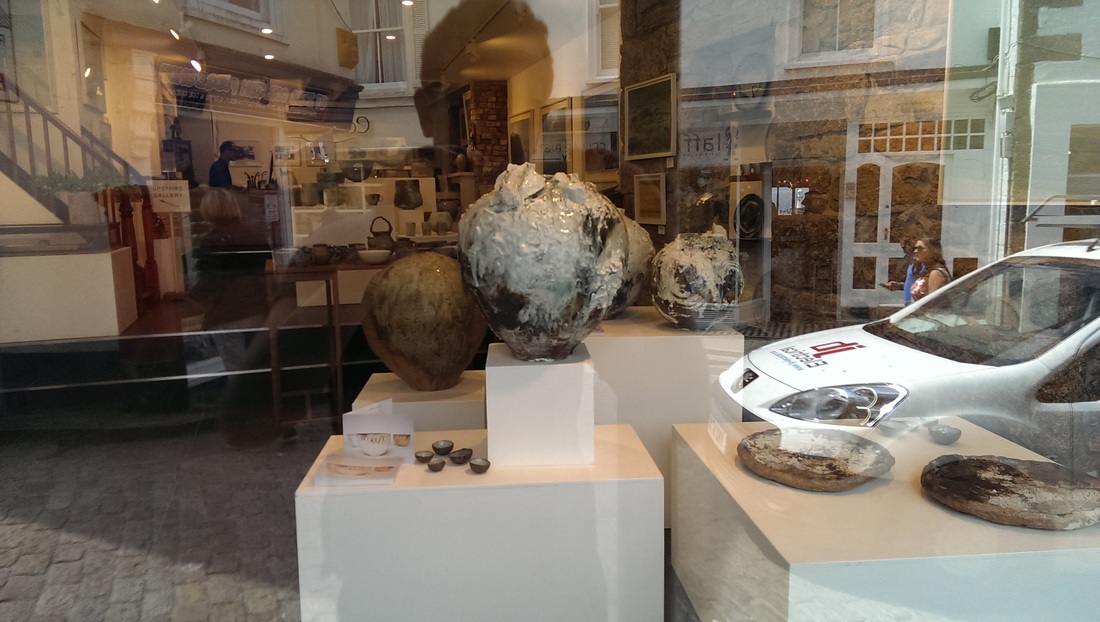
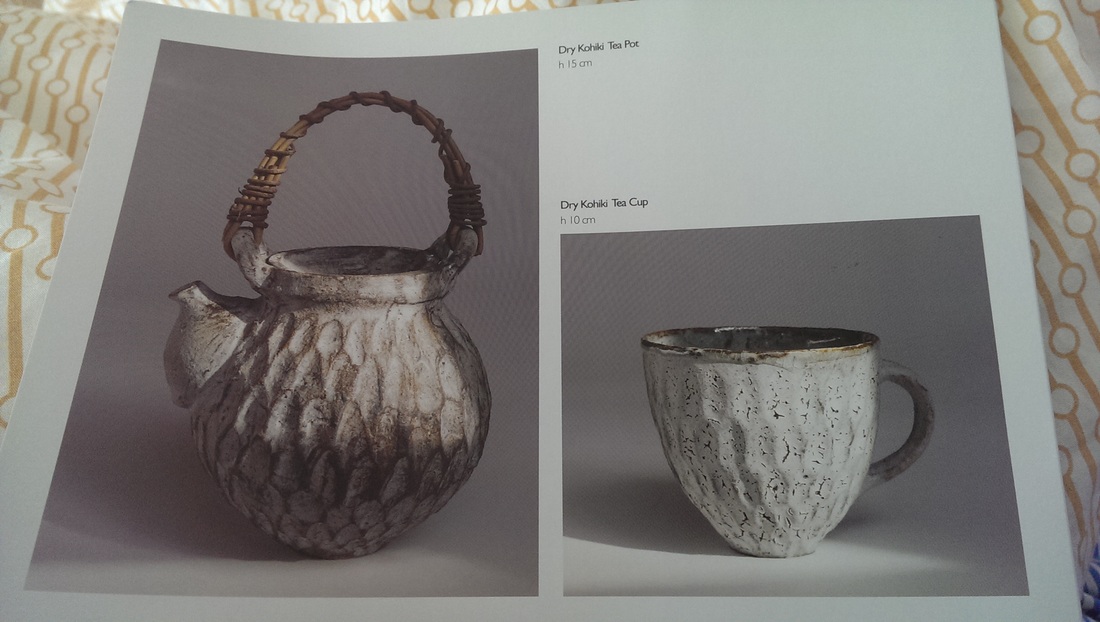
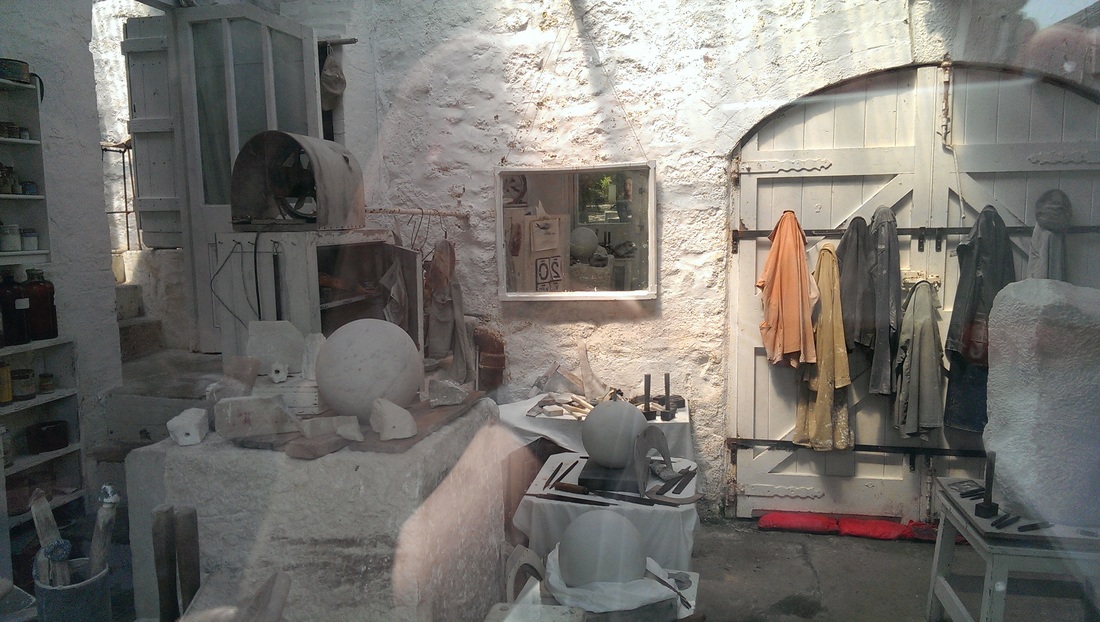
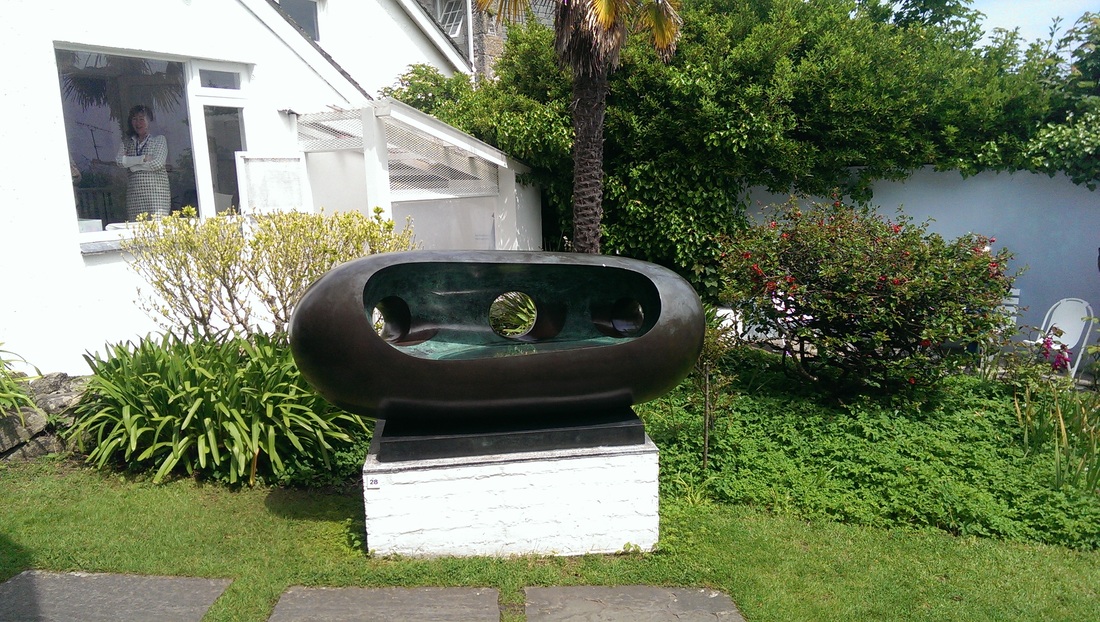
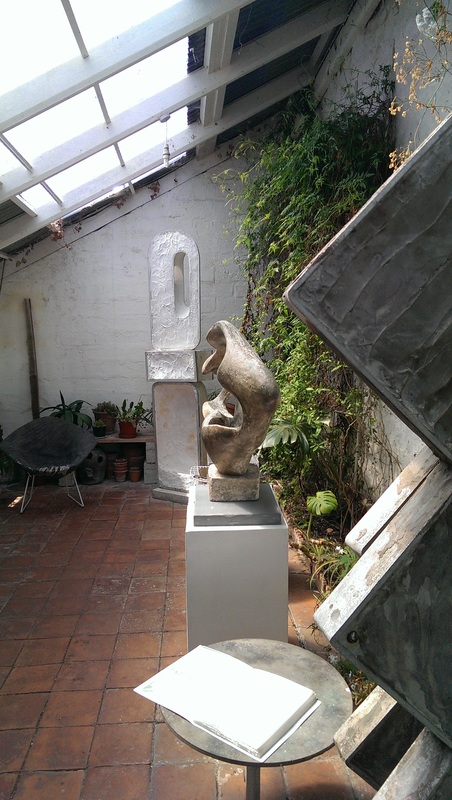
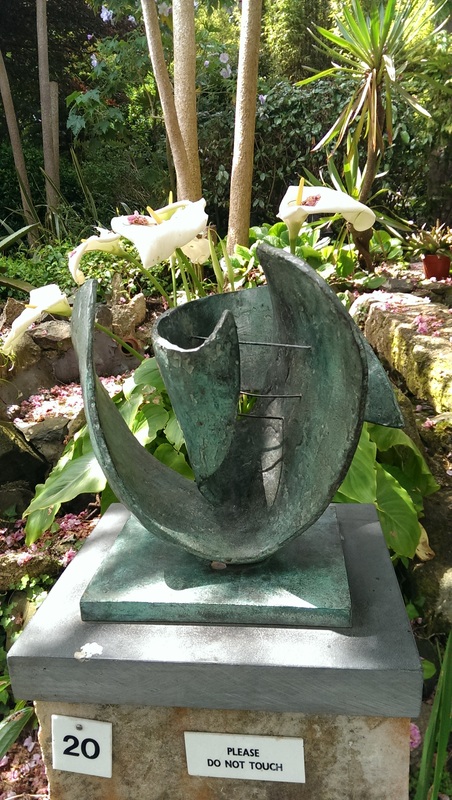
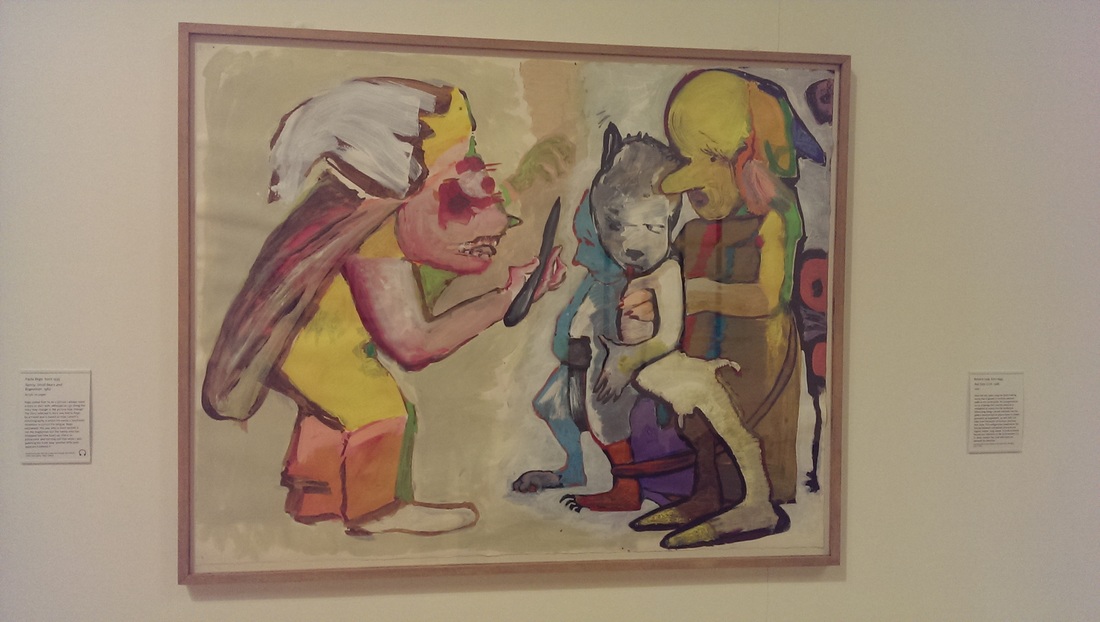
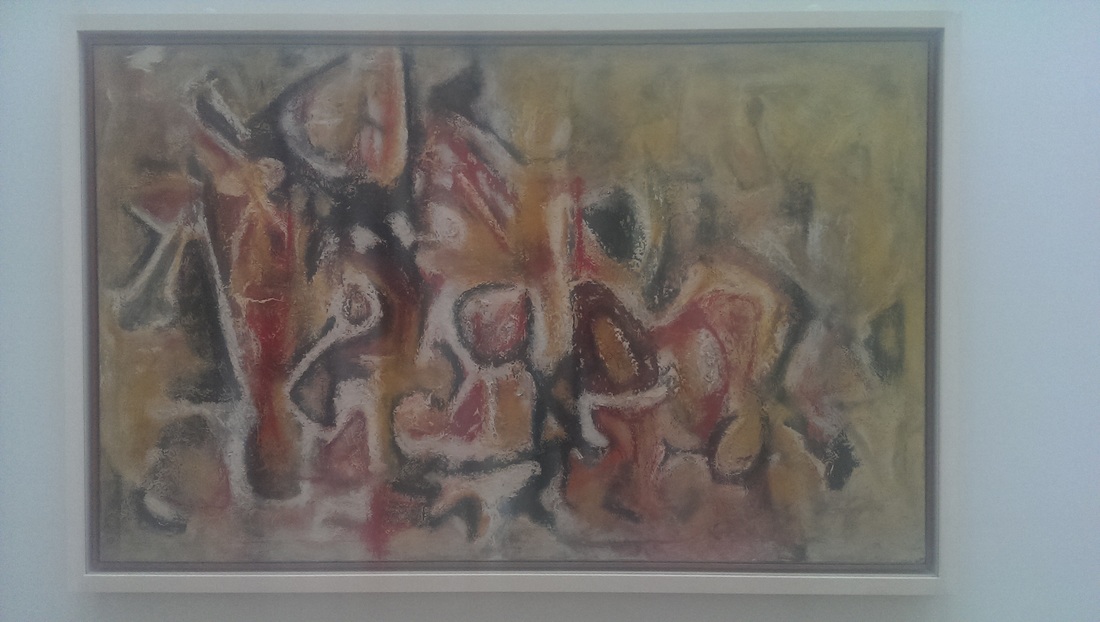
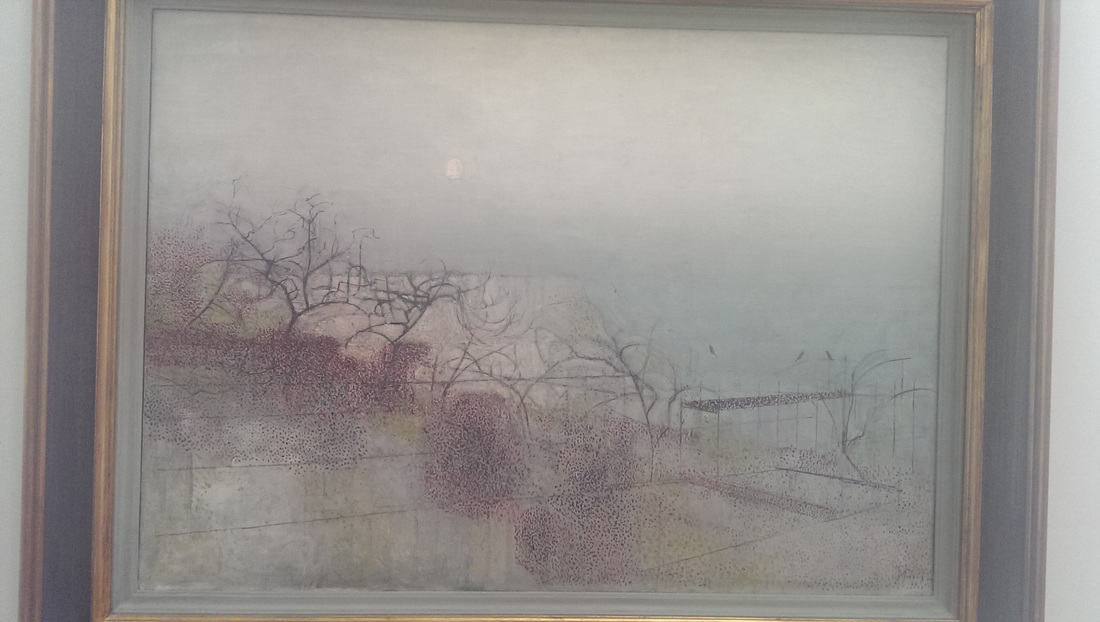
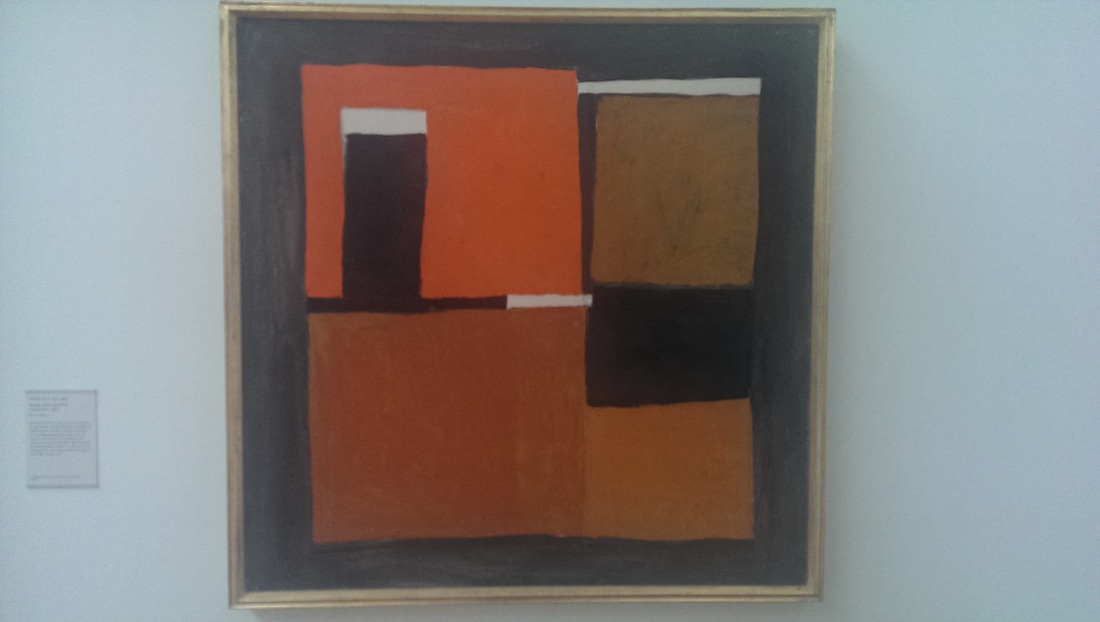
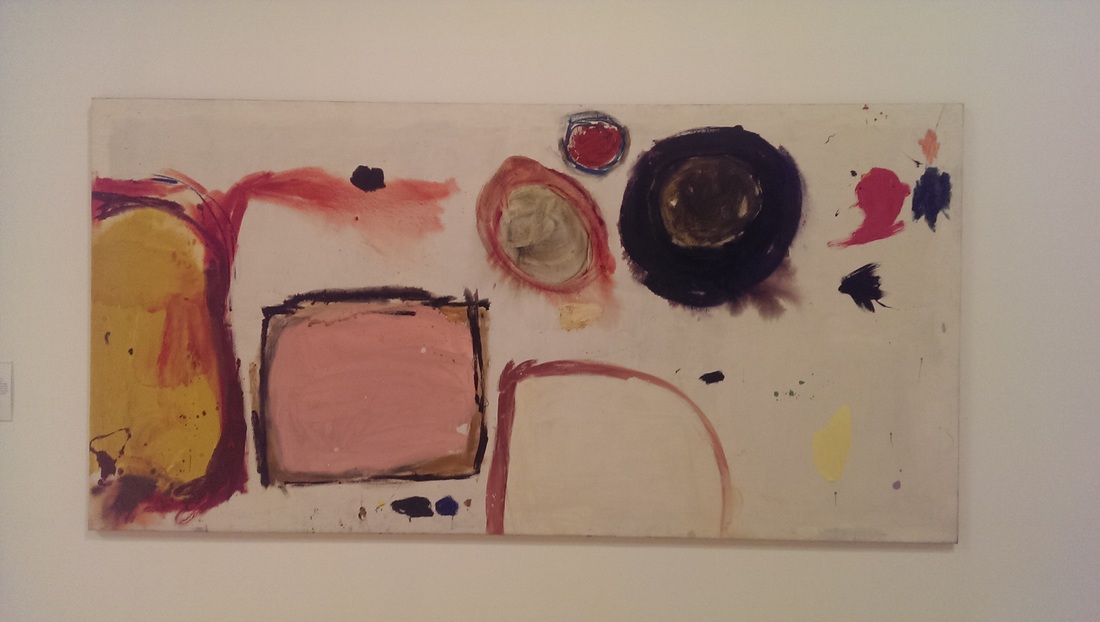
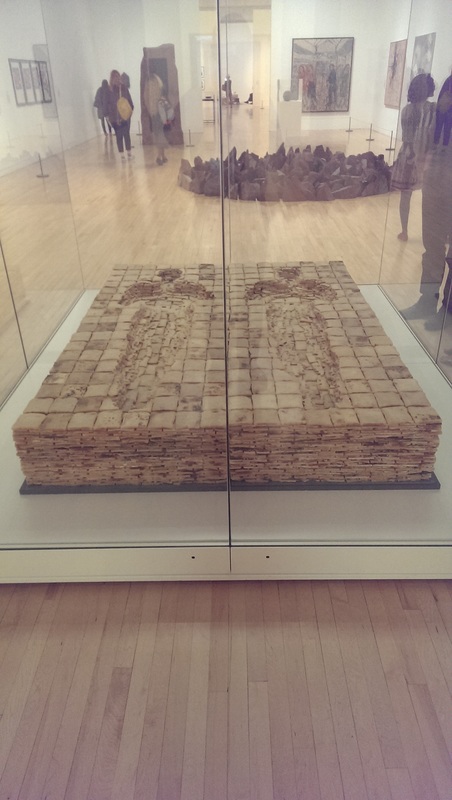
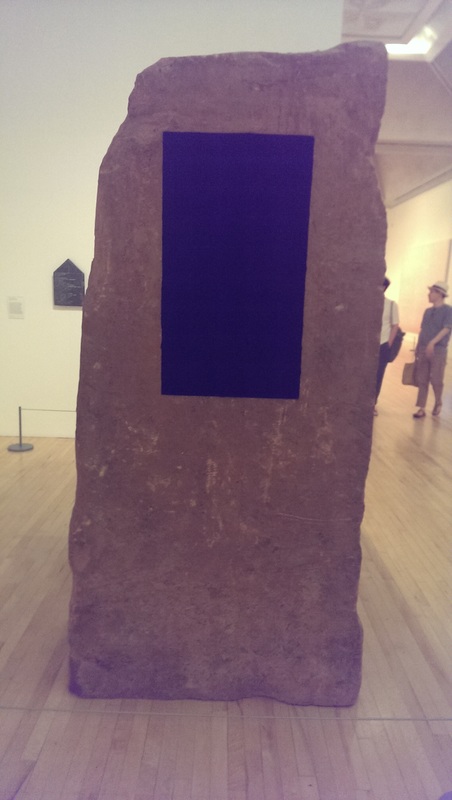
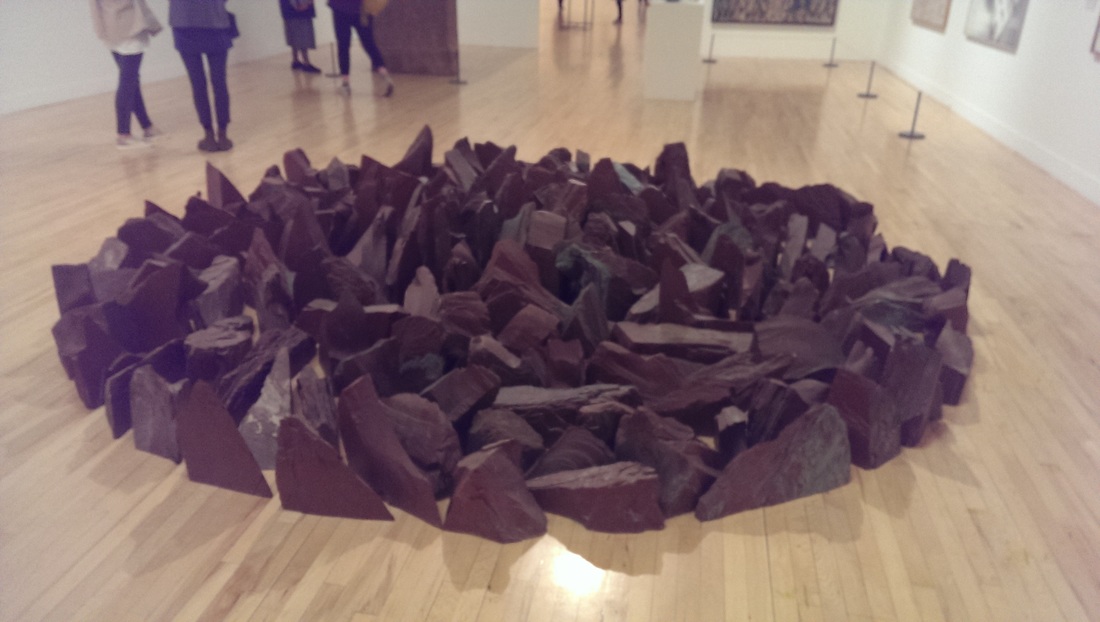
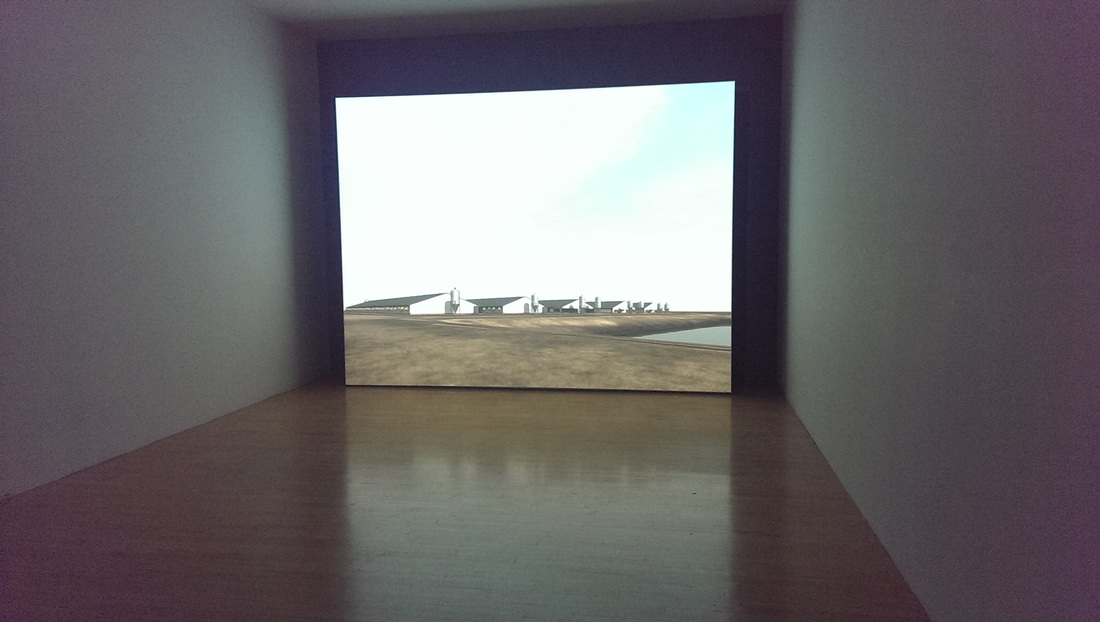
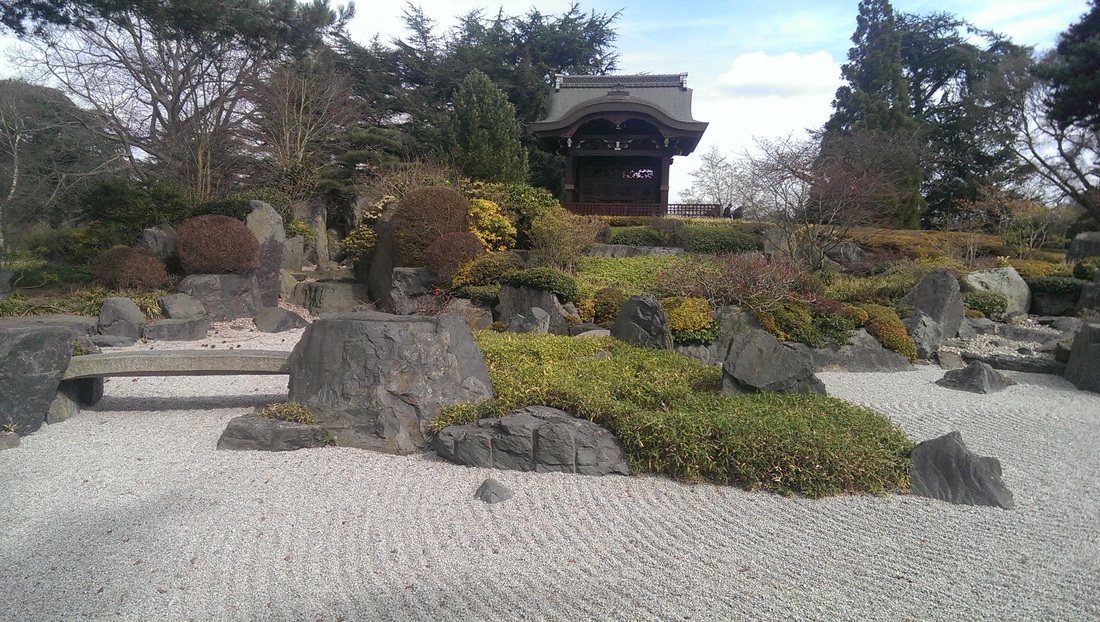
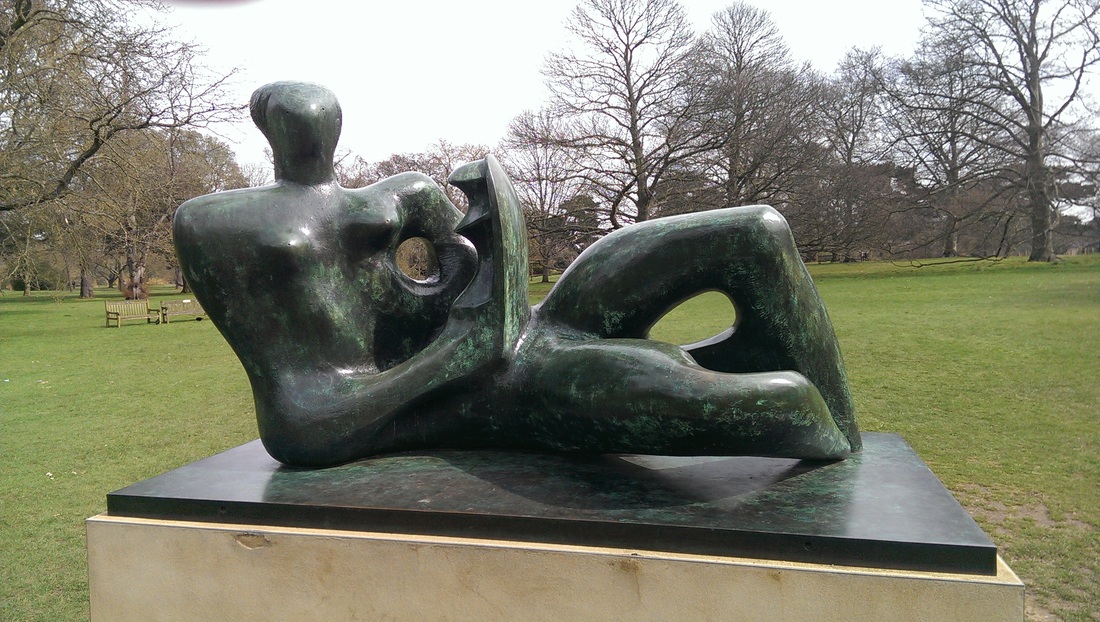
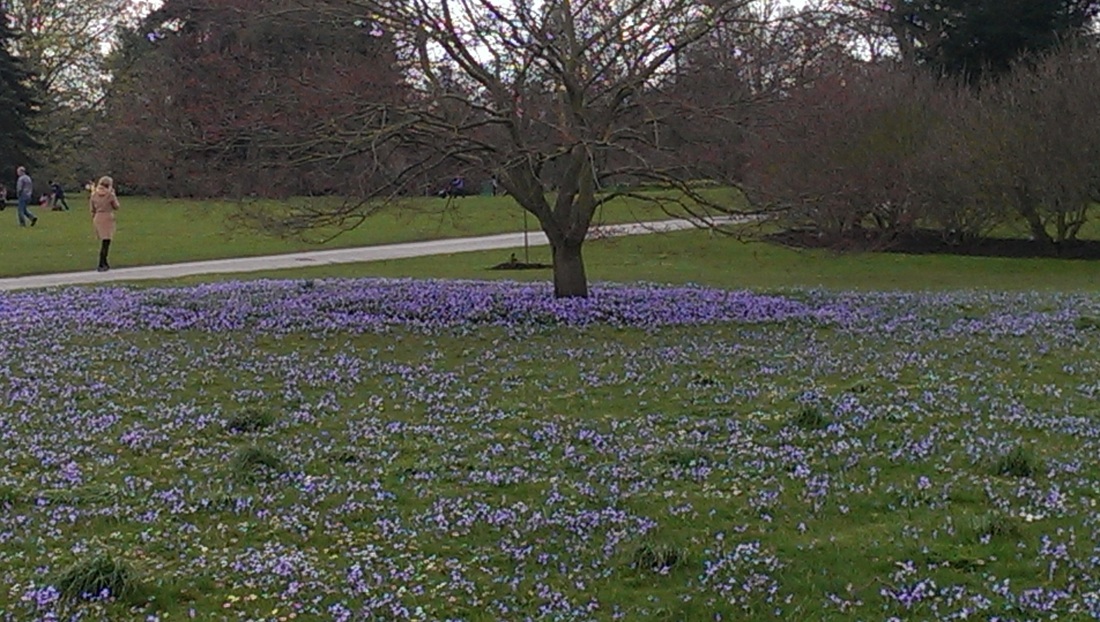
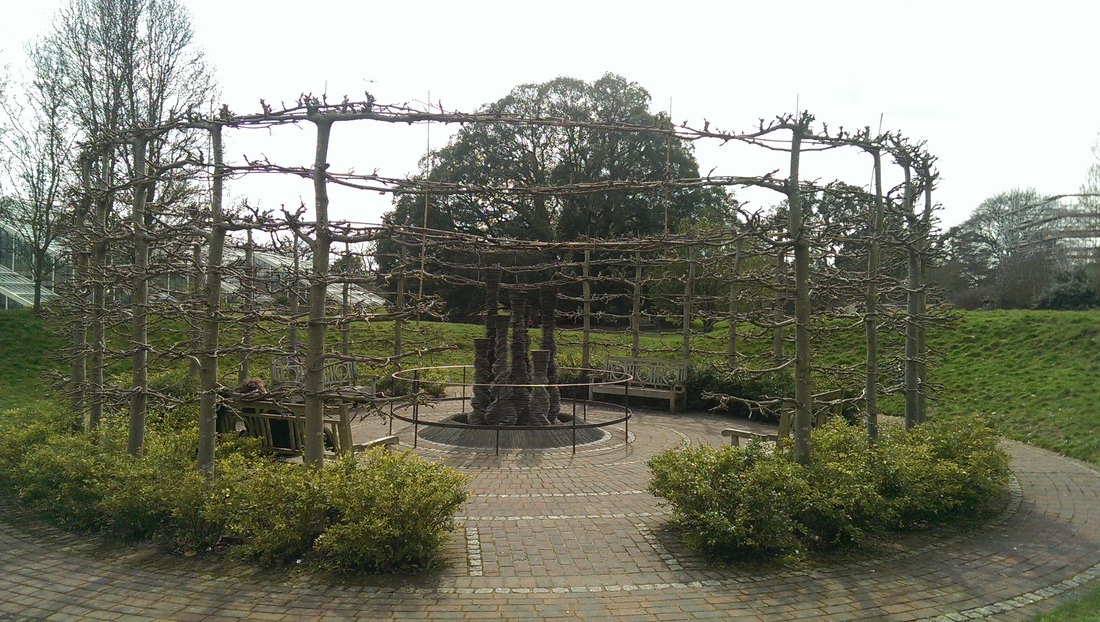
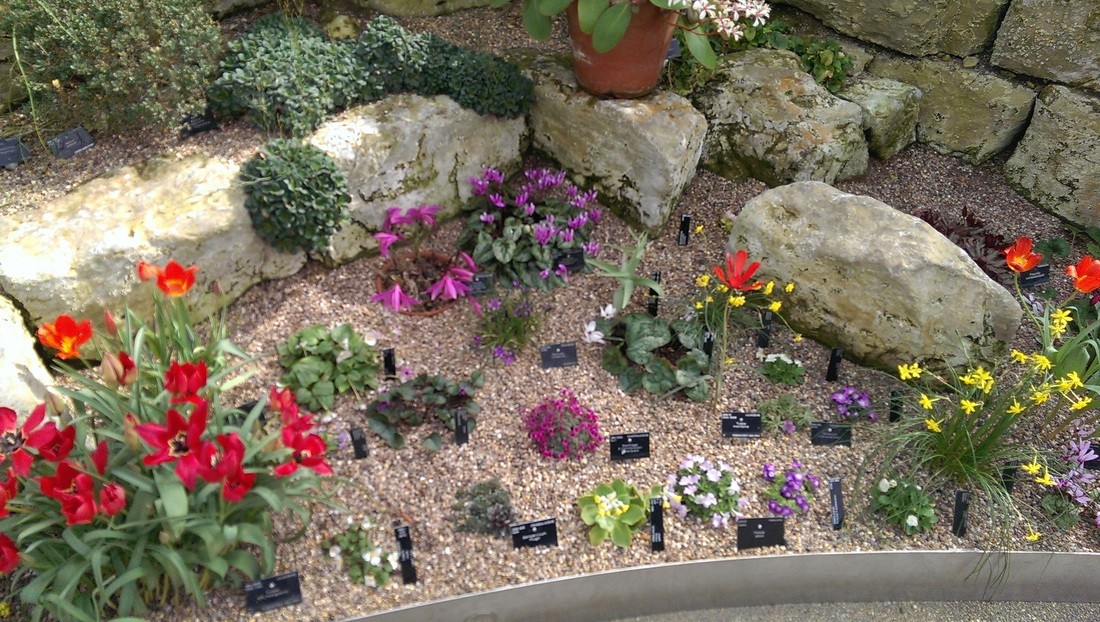
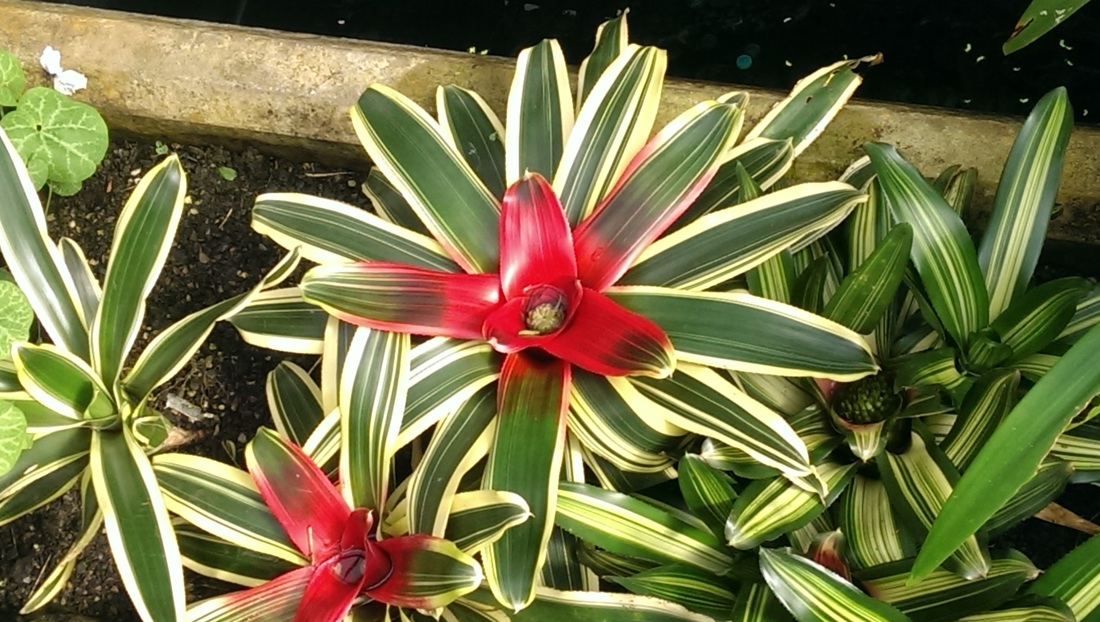
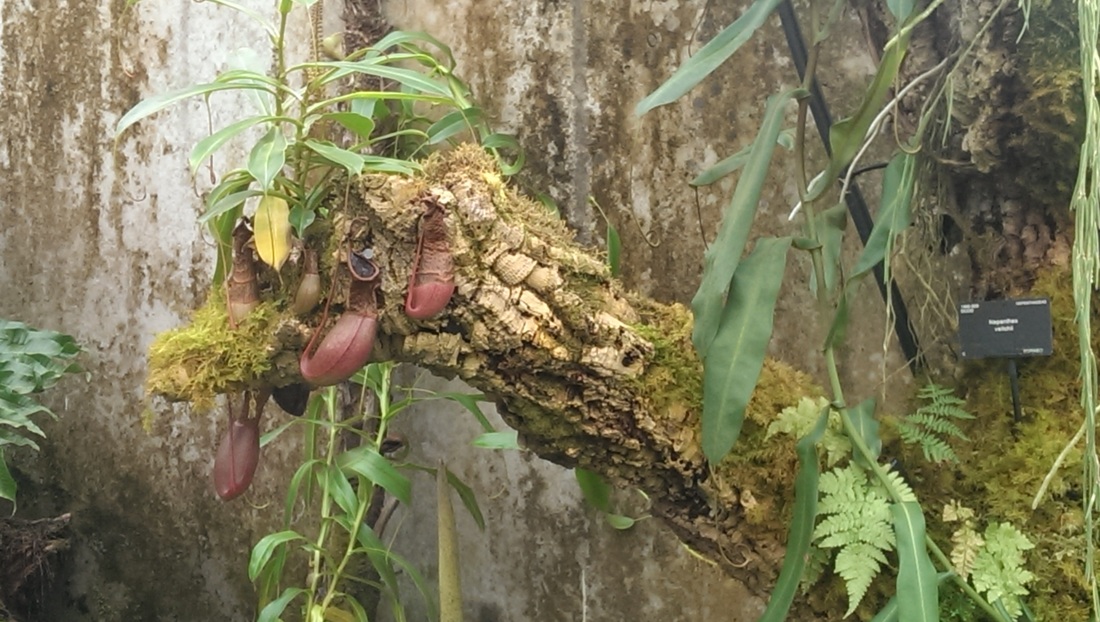
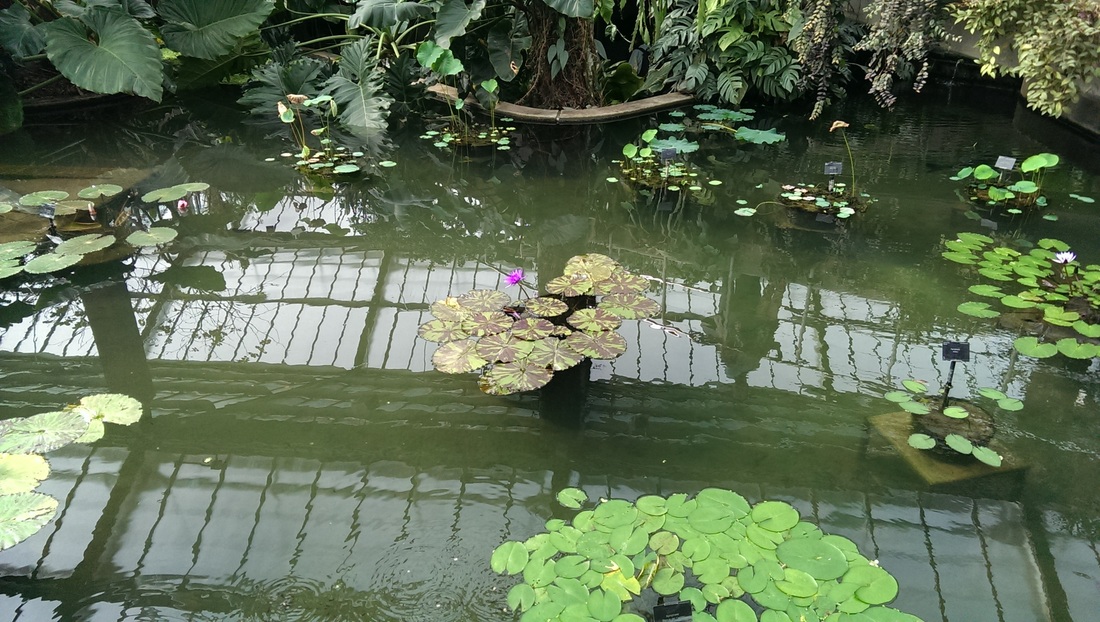
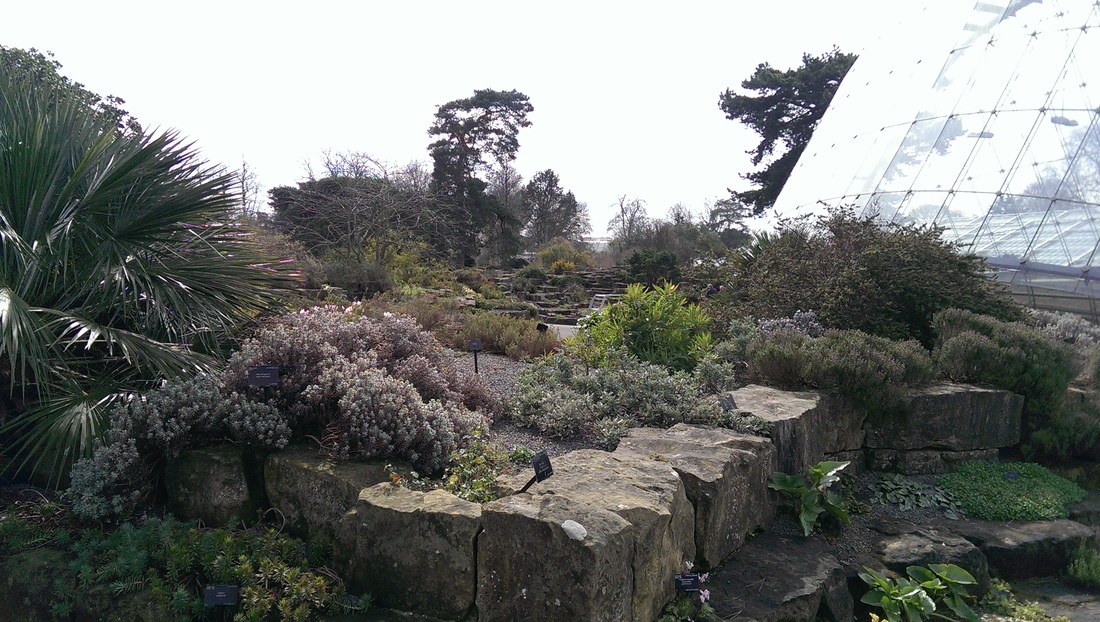
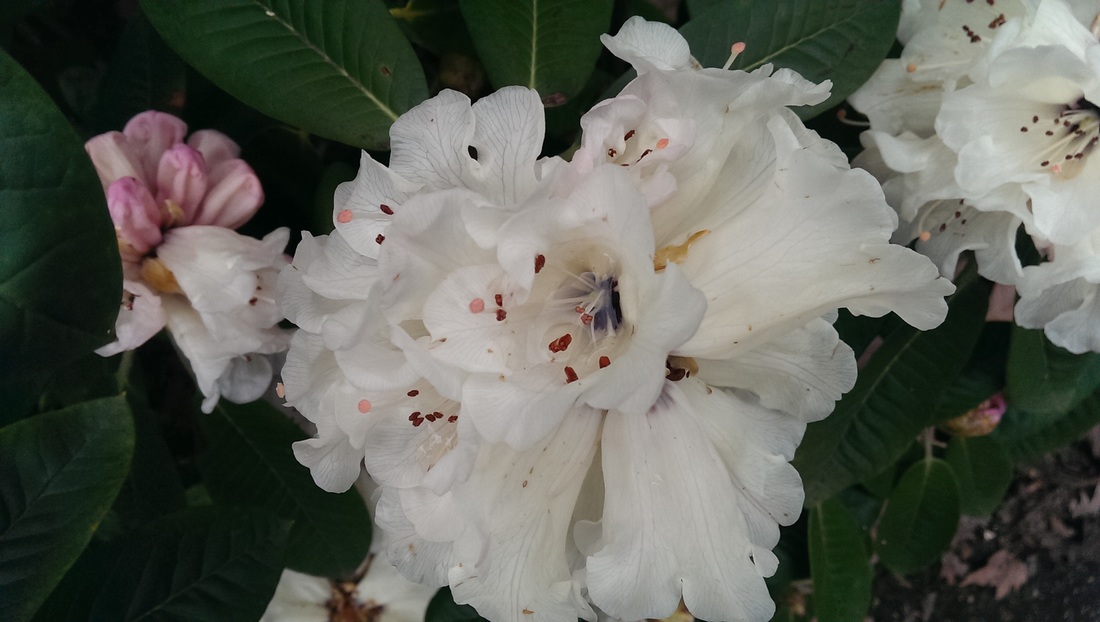
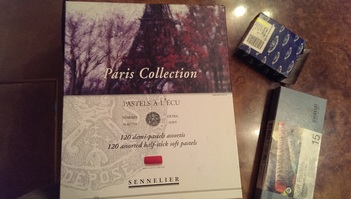
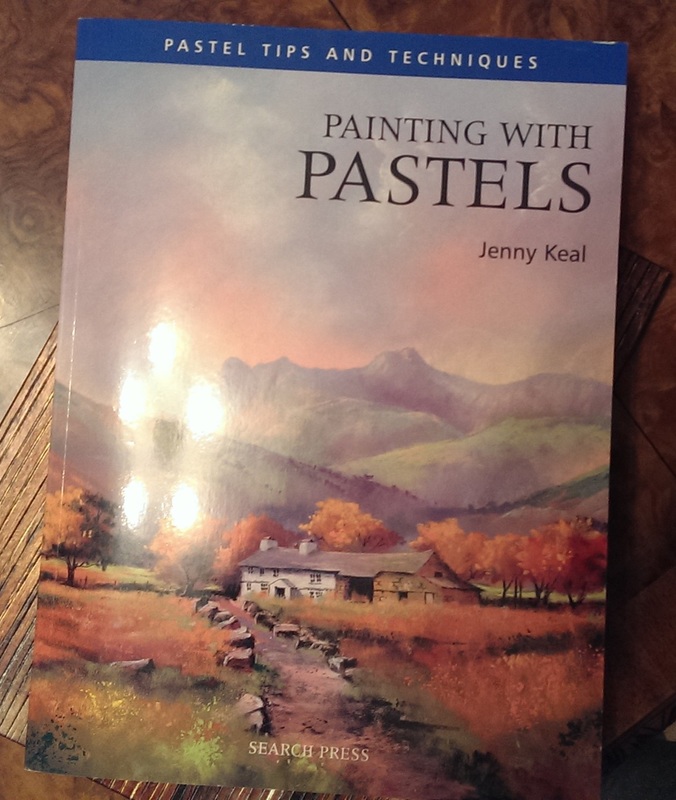
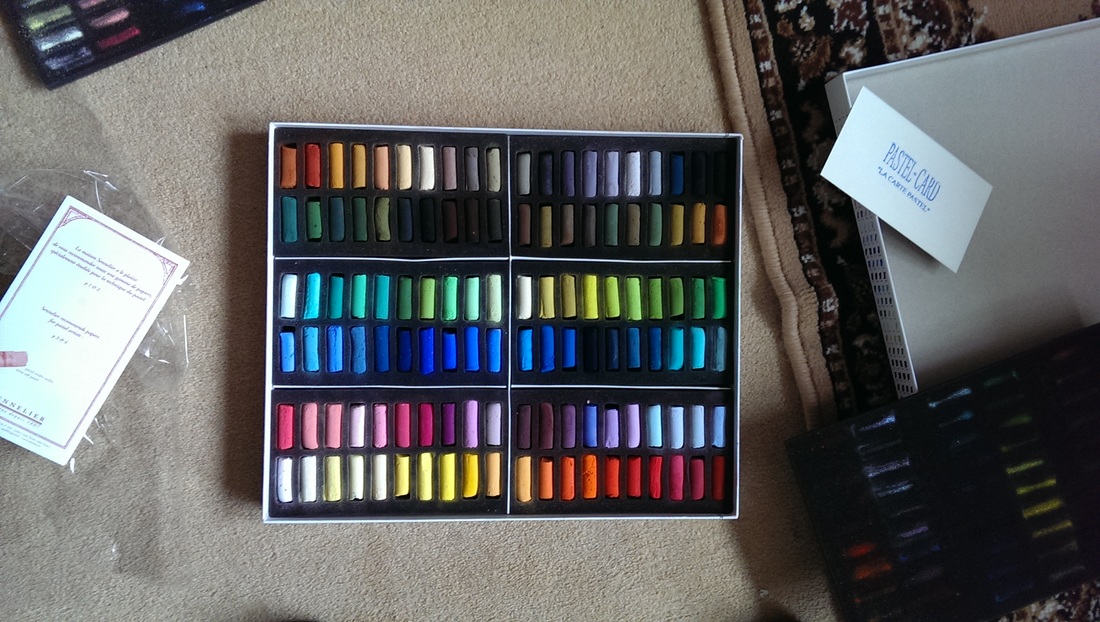
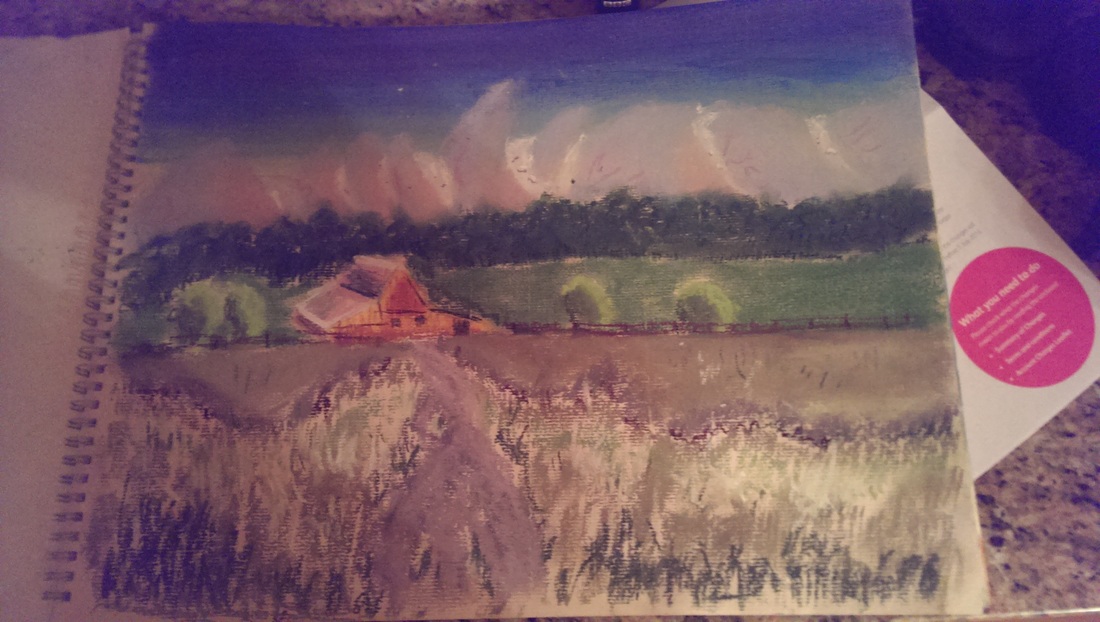
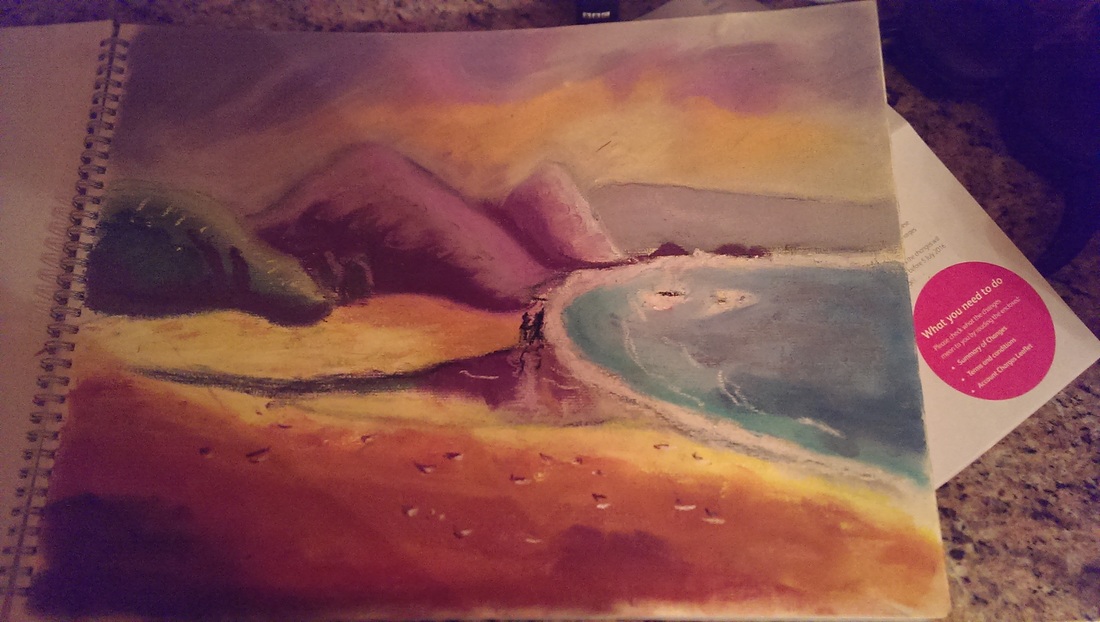
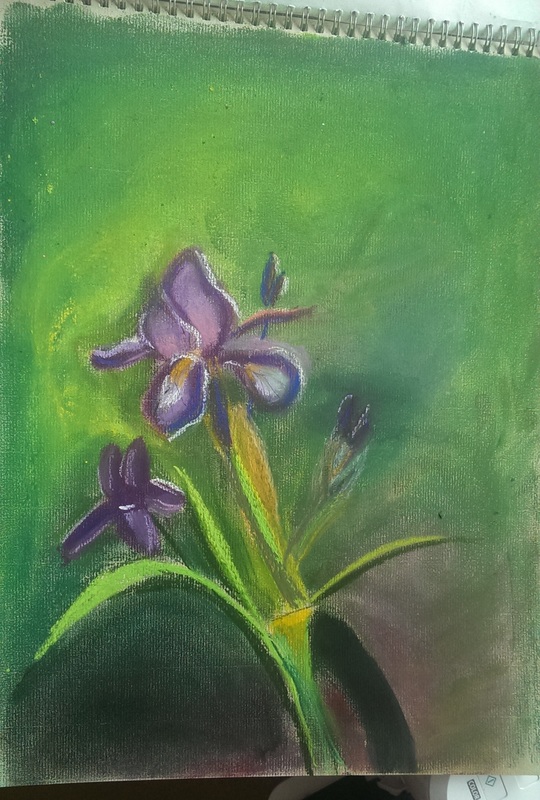
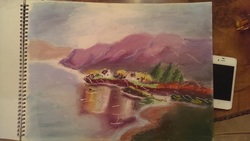
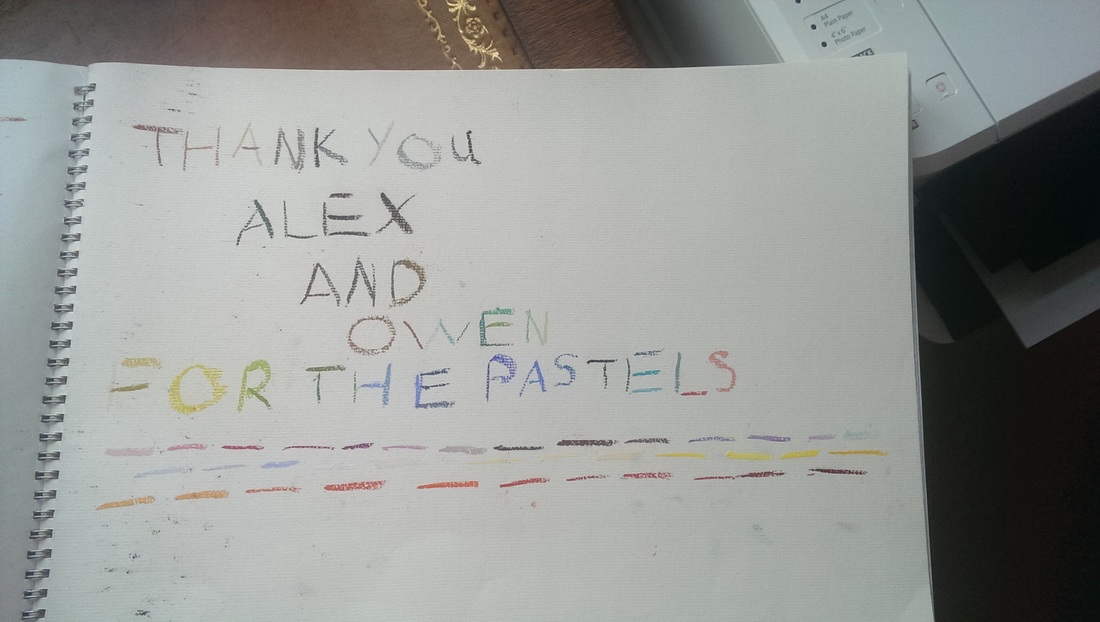
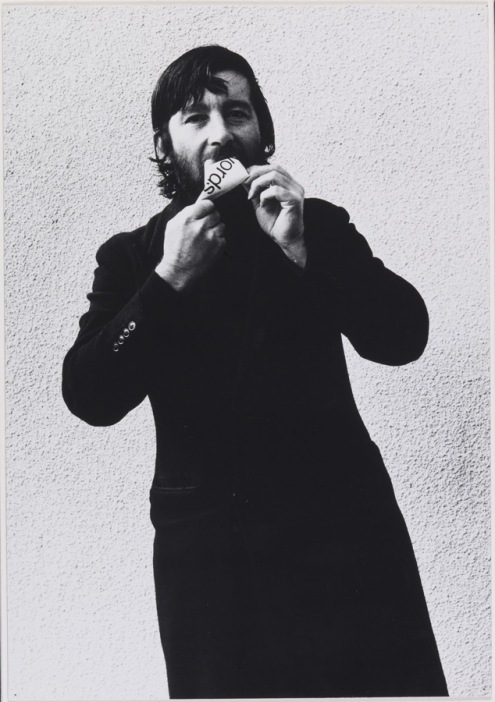

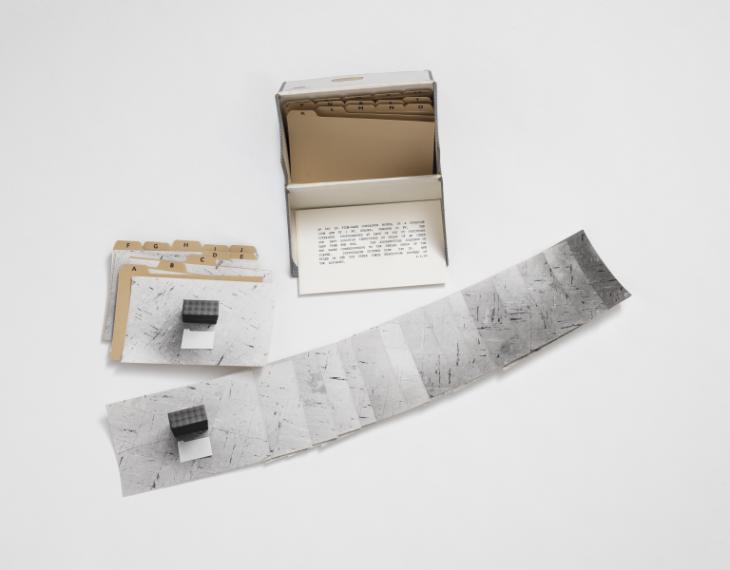
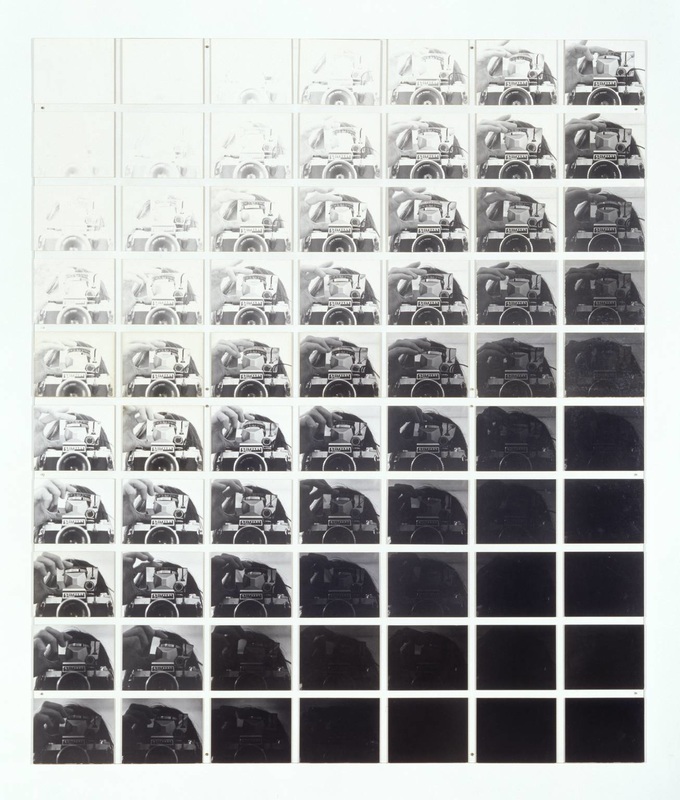
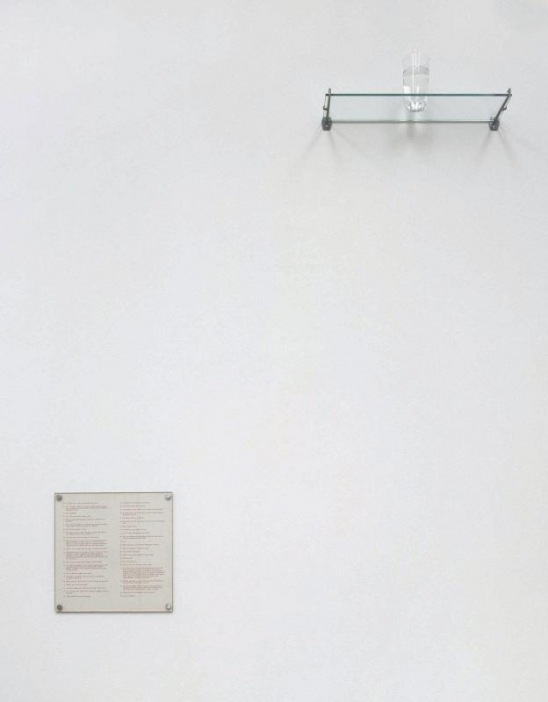
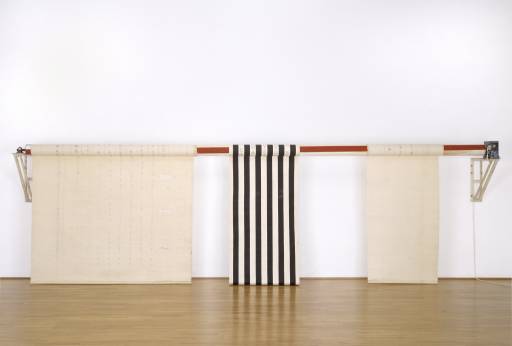
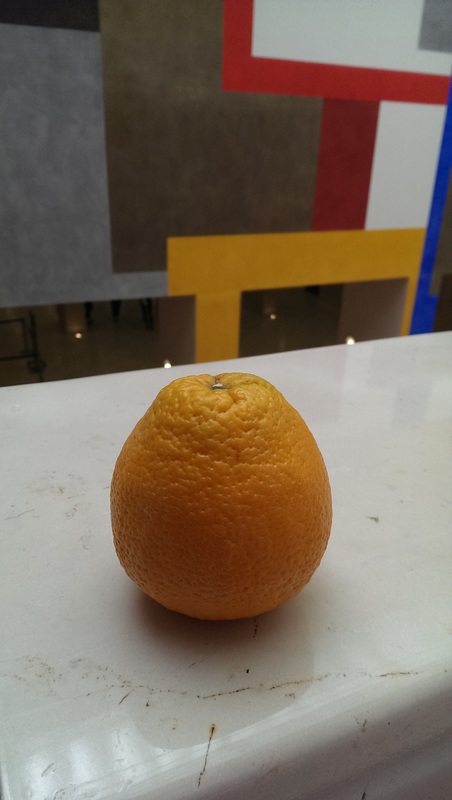
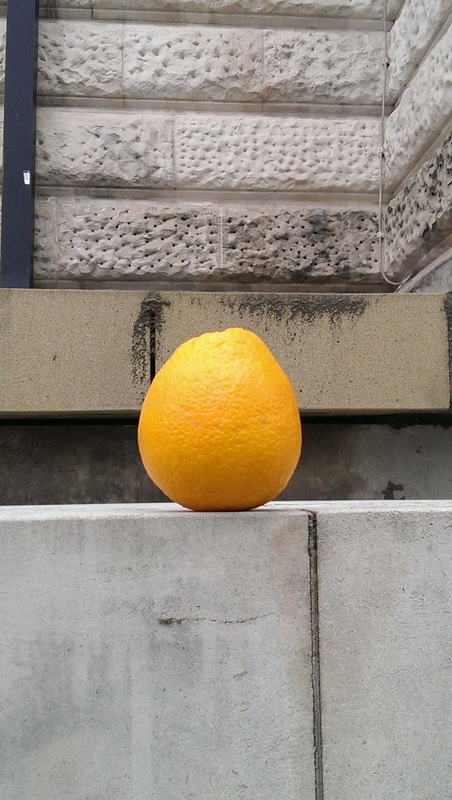
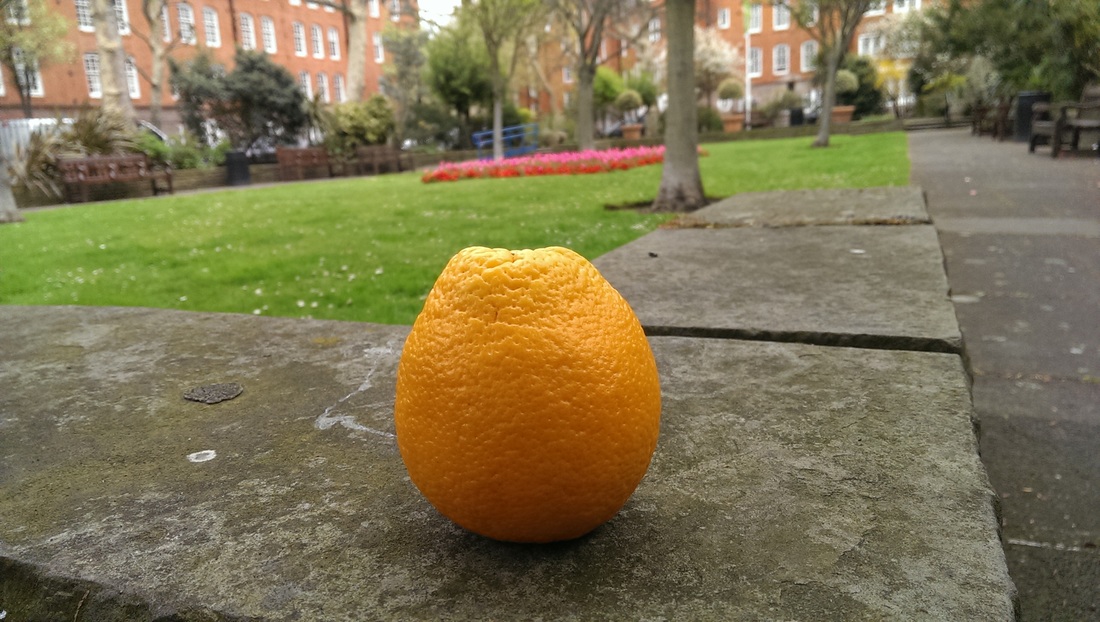
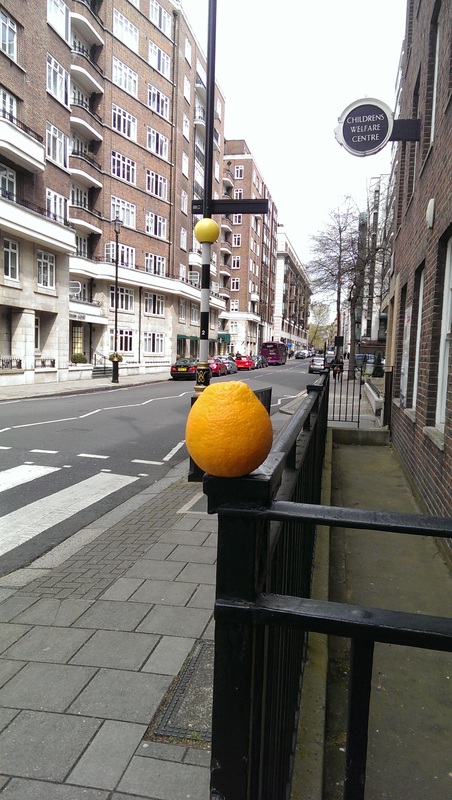
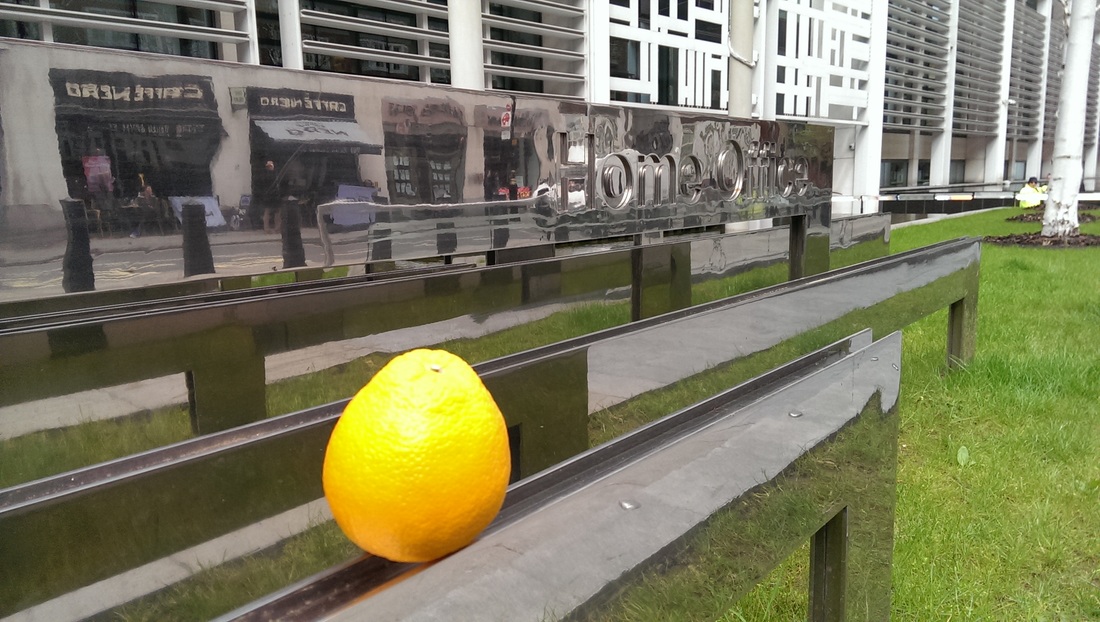
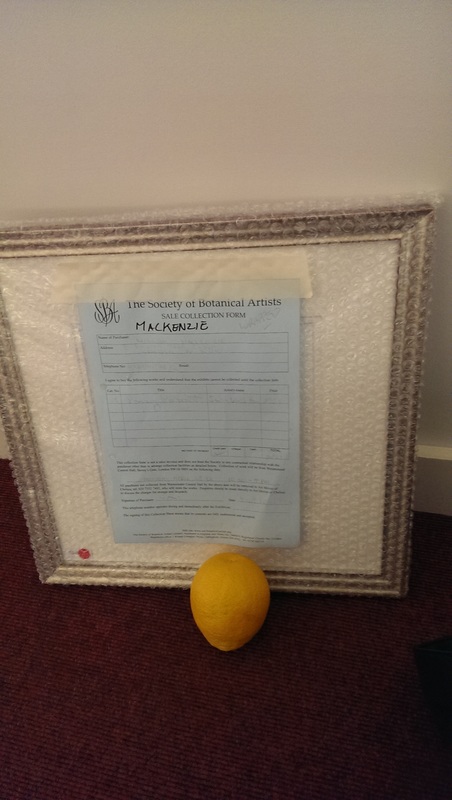
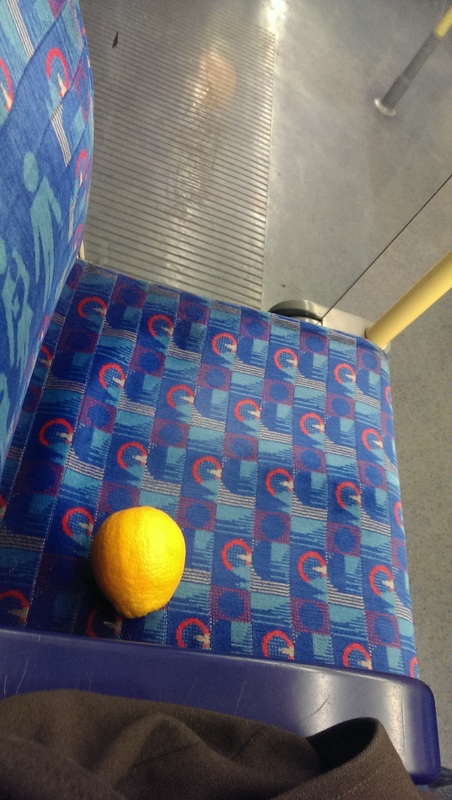
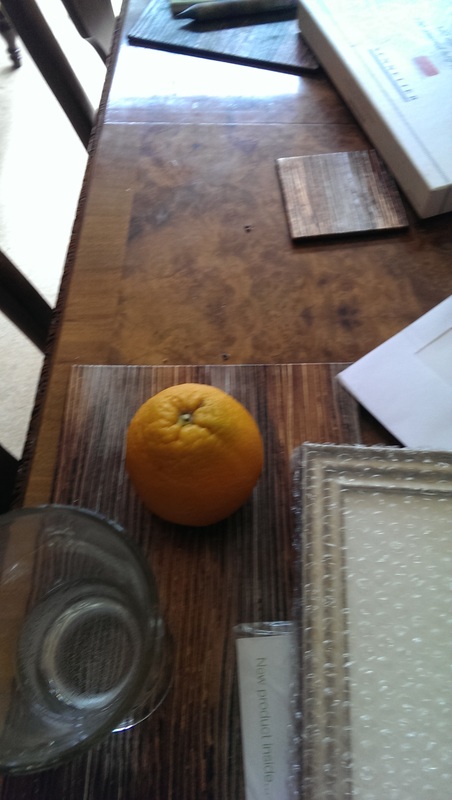
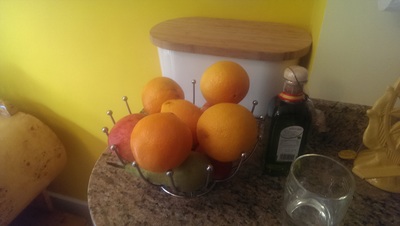
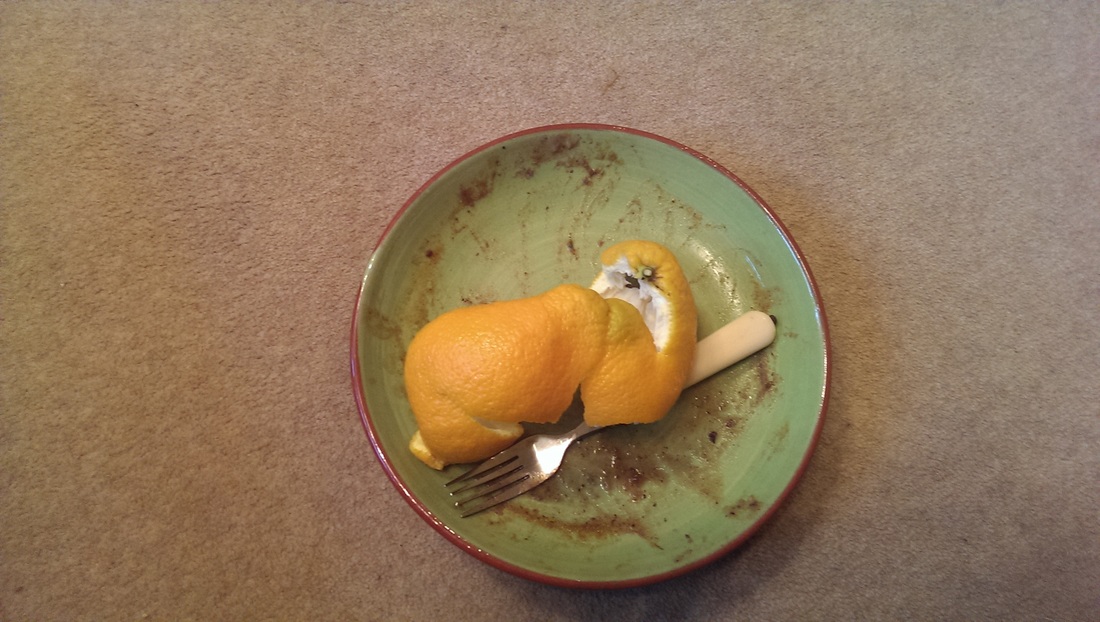
 RSS Feed
RSS Feed